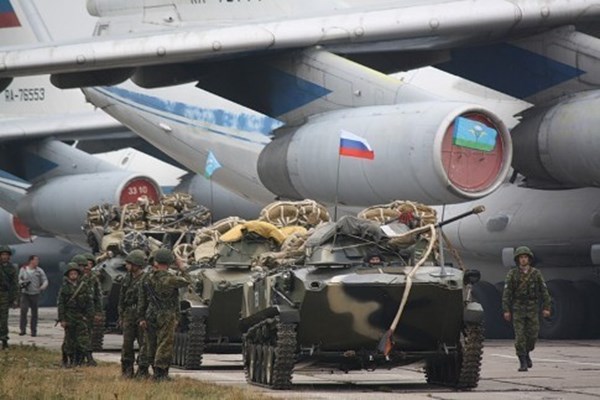Russia bolsters arms production despite Western sanctions, raising concerns for NATO
As NATO contemplates military support for Ukraine, one pressing issue is the Russian army's ability to rearm, reports Le Monde.
Early in the full-scale conflict, the prevalent belief was that Russia's defence industry was weak and reliant on imports from Western nations. However, Ukraine’s allies are increasingly surprised and concerned by the Kremlin’s ability to restore its capabilities.
US Army Europe Commander Christopher Cavoli reported that Russia aims to produce or refurbish over 1,200 new tanks and release at least 3 million shells or missiles annually.
Le Monde elaborates that Russia's defence industry has been undergoing reorganisation for several months. Factories have shifted to a 3x8 work pattern—three shifts of eight hours each day—expanding production lines and reopening dormant facilities.
US and EU sanctions hindered Russia initially, but over time, they found ways to circumvent these restrictions.
Consequently, Russia’s weapon production volume is increasing. Russians manufactured six "Iskander-M" missiles and had 50 in reserve in 2023; by January, there were 200 in reserve. Before February 2022, Russia produced about 40 tanks annually, but now it is more than 90 units.
To sustain the war in Ukraine, the Kremlin sought support from Iran and North Korea, while also establishing new supply chains, exploiting the difficulty of accurately identifying the end-use of goods.
Additionally, Russia invested in expanding the production of combat aircraft, missiles, and drones. The subsidiary of the "Kalashnikov" group acquired a shopping centre 1,200 km east of Moscow to turn into a kamikaze drone factory. In Irkutsk, the production of Su-30 components expanded to two more buildings.
To conserve resources, Russia suspended some export contracts and repurchased parts intended for its allies.
